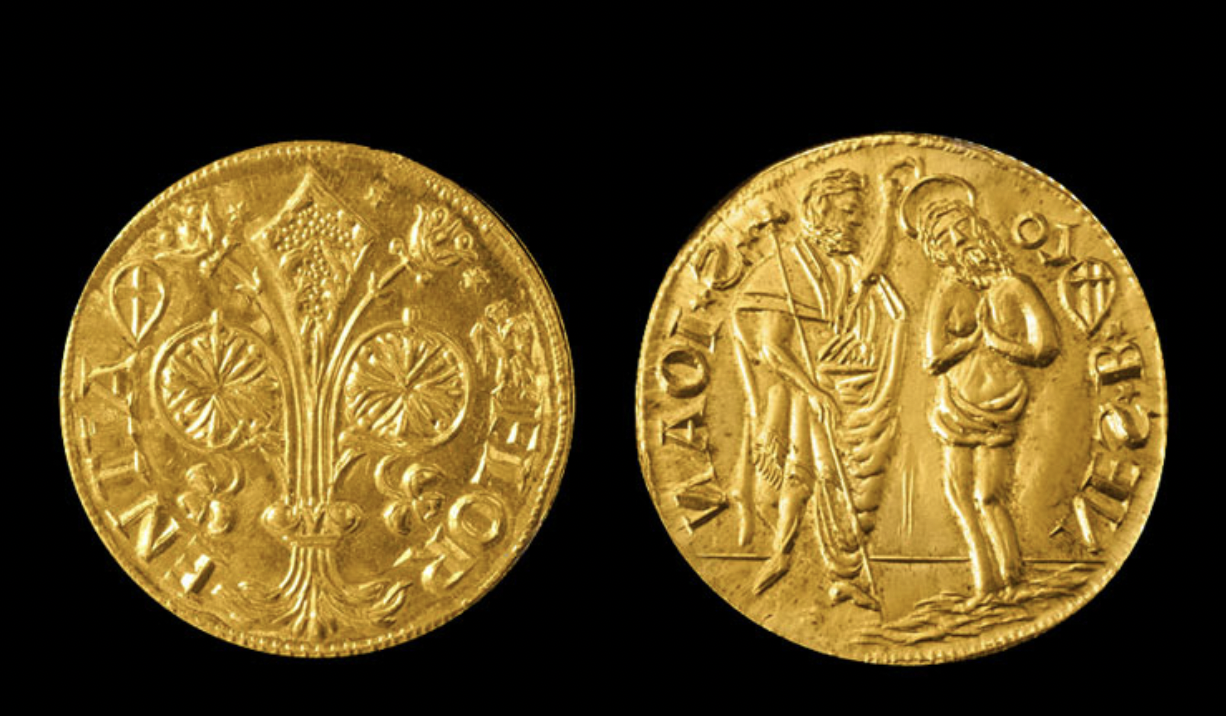Gold has been used as money for thousands of years. Why? Because everyone agrees it is desirable. It has been consistently seen as a display of wealth throughout history as well. In this 4 part series, let us dive a bit into the history behind the rise of gold to a medium of exchange.
Ancient Egypt is famous for their love of gold, with gold being seen frequently inside and outside the pyramids of old. However, it was only in 1500 BC when they made gold an official medium of exchange for international trade.
Somewhere around 560 BC in Lydia (where modern day Turkey now stands), the first minting of pure gold coins were done in the first ever recorded mint. In Rome though, gold as currency was only officially introduced around 300 BC.
Then in 1066 AD, the pound was coined by the first Norman King of England, William the Conqueror of Normandy. The pound was actually a pound of sterling silver.
Countries across Europe then started minting their own gold coins with the Florence (Italian) Florin, German Augustalis and the popular Venetian Ducat. The Ducat, being the most widespread across Europe, was used for 5 centuries.
By the 1600s, the production of gold had become more streamlined. This meant large amounts of gold was now circulating in the economy. Private goldsmiths holding gold for merchants in storage started issuing receipts of ownership. Over time, these receipts started being traded instead of the physical metal simply due to the ease of moving paper as compared to metal. This laid the groundwork for the fiat system we now know.
In the next article, we will go through the fiat based gold standard.
Sources: britannica.com, econlib.org, focus-economics.com
